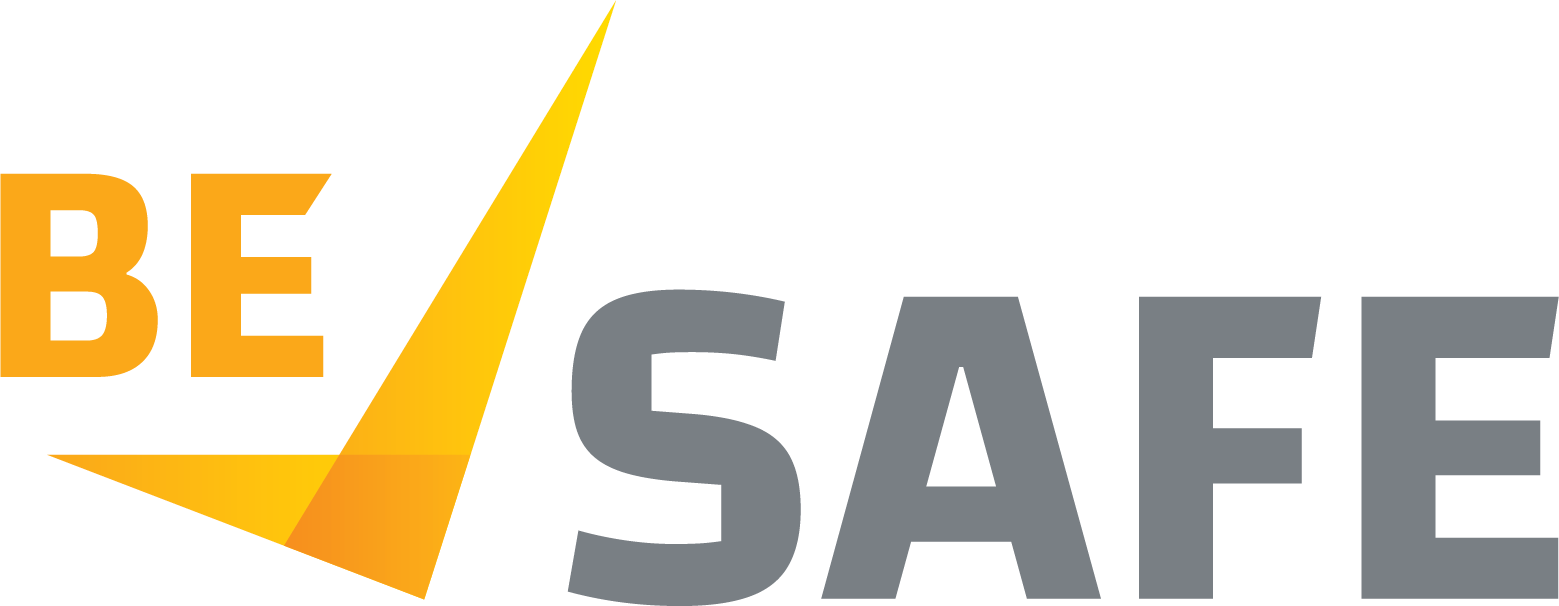Consultation on Safety Matters.
Workplace consultation is a critical aspect of maintaining a healthy, safe, and productive work environment. The principles of consultation are enshrined in legislation, ensuring that both employers and employees engage in meaningful dialogue about workplace safety. Workers have the right to be consulted on any matters which could impact their health and safety.
In addition, those completing the work, have extremely important input and valuable insight to share. Not only must the employer consult with the workers, but the employer can really benefit from help and input from those doing the work themselves.
When?
The workers and/or the HSRs in a workplace must be consulted:
- During hazard and risk identification processes
- When making decisions around risk control, facilities and procedures
- When forming Health and Safety Committees
- When changes are being made in the workplace, including to plant, substances or conditions
- When changes are proposed which would alter the way in which work is done
Who?
You must be consulted if you are a worker and your health and safety is affected or may be affected.
This may be via the HSR who represents your work group.
How?
Consultation must include providing information about the matter, allowing time to review the information, then having the opportunity to respond with your views. Your employer must then consider your views before making a decision.
Communication in relation to this must be carried out in a way which is accessible. This may mean communicating both verbally and in written form, as well as in languages other than English, depending on the needs of the workers.
Why Consultation Matters.
Consultation in the workplace involves seeking and considering employees' views when making decisions that affect them. This process is not just a legal requirement but also a best practice that can lead to numerous benefits:
- Improved decision-making and better outcomes
- Greater employee engagement
- More successful implementation of changes
- Better health and safety!
Consultation is crucial for identifying and mitigating workplace hazards. Employees are often the first to notice potential risks, and their input helps build safer work environments. Workplace consultation is more than a legal obligation; it is a pathway to a more collaborative, safe, and productive work environment.




